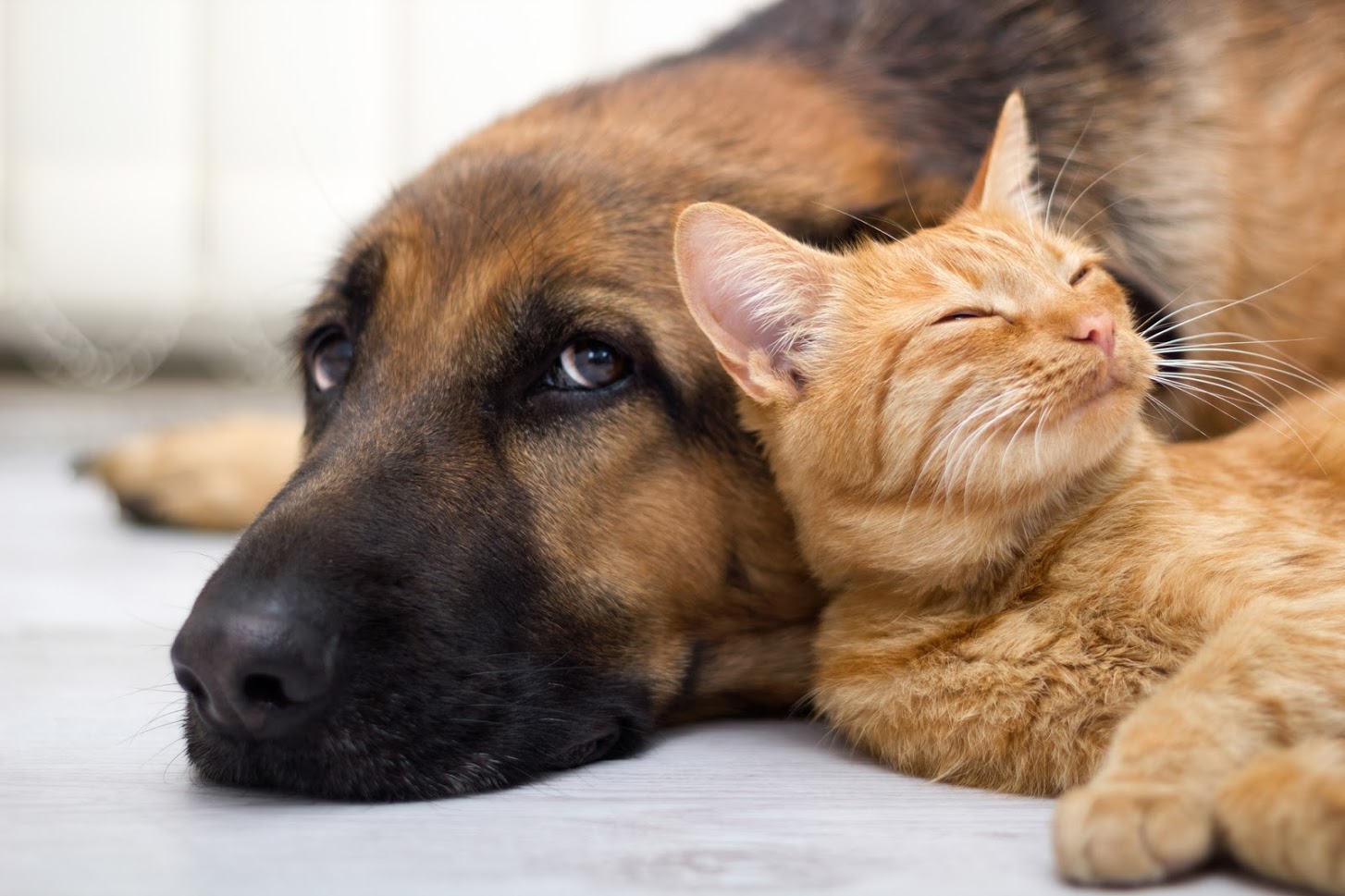Do’s and Don’ts for Storing Your Pet’s Supplies
Do you need to store your pet’s supplies? Whether you’re ready to leave on an extended trip, you’re downsizing, or you just need to clear some space, take a look at what you need to know about self-storage and your furry friend’s gear.
Do Choose Items Your Pet Won’t Need Daily
Even though you may want to clear the clutter and use an off-site storage facility for your pet’s overflow, you don’t want to waste time traveling back and forth between the rental. Only choose items your pet won’t need right now and doesn’t use daily.
Don’t Store Food or Treats
While a rental unit may seem like an easy way to store bulk pet food purchases, this is an option that isn’t always allowed.
Perishable items aren’t acceptable additions to many storage facilities. Talk to the storage company staff about what is and isn’t allowed in the unit. Even if you bundle bags of kibble in plastic or store your cat’s meat-filled treats in a plastic bin, you still run the risk of potential problems.
Pet food and treats in storage can attract pests to the unit, provide an environment for mold and mildew growth, or cause odors that stick to the rest of your belongings. Beyond harm to the unit itself, storing your pet’s food in an off-site facility could cause problems for your cat or dog. Unattended or unused food can expire, rot, or grow potentially harmful bacteria.
Do Store Records and Documents
Even though you may need to keep a current rabies (or other) vaccination tag and your pet’s license at home, other documents can go into storage. Do you want to or need to save old vaccination records, paid veterinarian bills, and other health records? If you answered yes, your self-storage rental is the perfect way to keep the clutter out of your home.
A locking file chest or plastic bin both offer sturdy storage solutions for your pet’s documents. Create an organizational system (such as by pet, date, or medical issue) and place the documents into storage. Make sure the items are in sealable containers that don’t allow moisture in.
Don’t Skip an Organizational Strategy
You could toss all your pet’s supplies into one bin. But that won’t help you when you need to move everything out. Instead of a sloppy start, organize your pet’s items into bins, boxes, and bags based on animal, use, need, or another criteria of your choice.
The better organized your pet’s items are, the less time it will take to find them. Along with well-organized boxes and bins, labels, and a storage inventory can also help. Read on for more information on ways to create a pet supply storage inventory.
Do Create a Pet Supply Inventory
Storage inventories can help to organize your unit and make it easier to find, access, and retrieve items. Several different inventory options are available. The one you choose needs to work for you and your storage space.
To create an effective inventory, you’ll need to devise a chart or list system. Some self-storage renters prefer to use a ready-made spreadsheet. With this strategy, you can add categories (such as cat supplies or dog gear) and individual items. With a simple scroll on your laptop, you can easily access everything you have in storage.
Other inventory options include high-tech choices, such as apps, and low-tech alternatives, such as handwritten lists. If you aren’t home often or need an inventory that’s constantly in hand’s reach, an app is the way to go. But if you prefer to have written records, a notebook is an easy answer.
Need a self-storage unit for your pet’s storage needs? Contact North Star Mini Storage to learn more.



